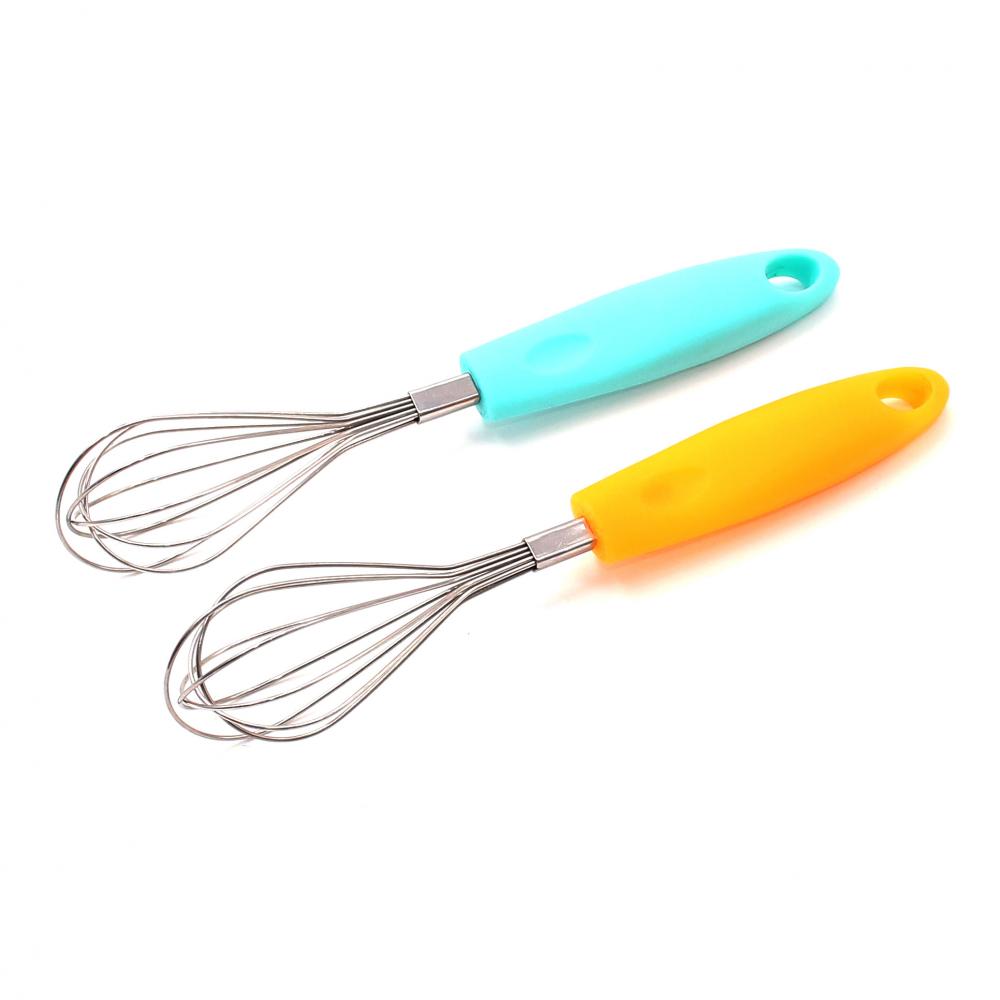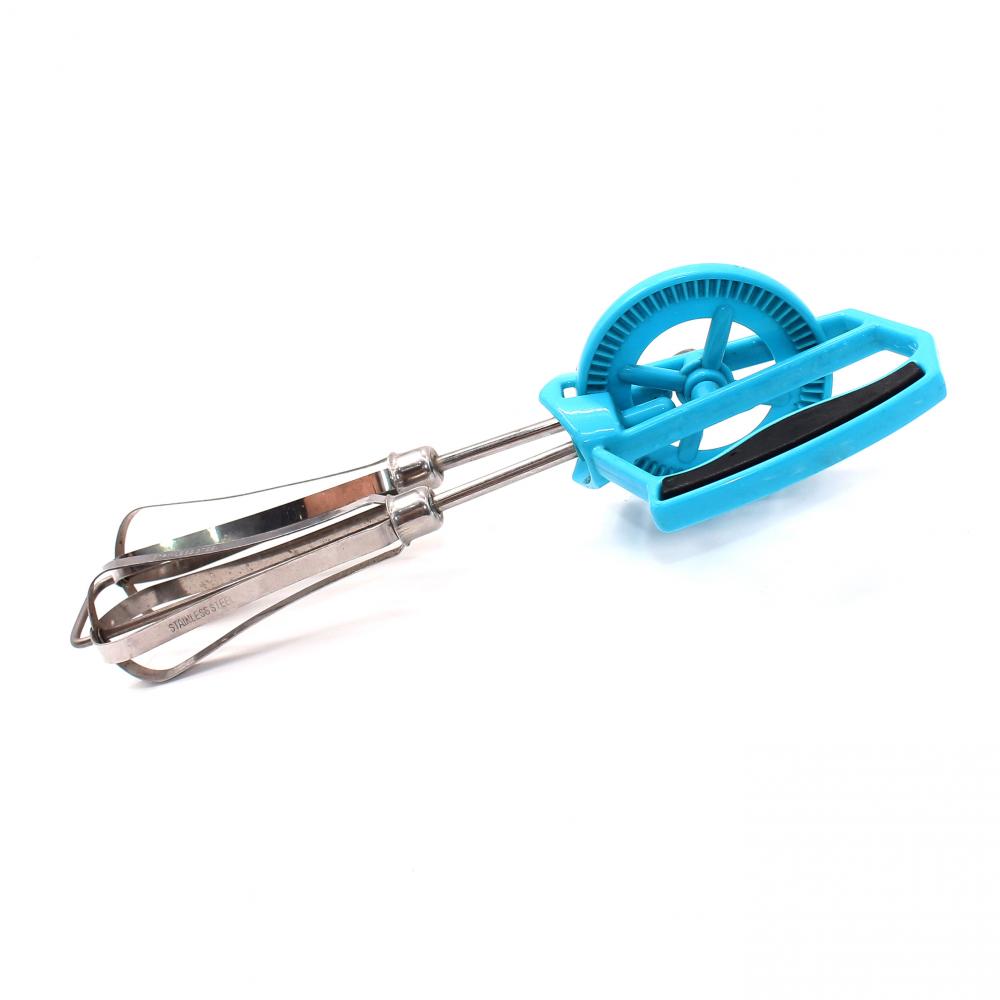1. The concept of format and format
A sheet of flat base paper cut according to national standards is usually called full-open paper. On the premise of not wasting paper, and is convenient for printing and binding production operations, the full-open paper is cut into several small sheets of equal area called the number of openings; when they are bound into a book, it is called the number of openings.
For the main text of a book, the opening number has the same meaning as the opening number, but in terms of the opening number of its cover and interleaf paper, its meaning is different because of its different area. The size of a single-page publication is usually called an opening, such as newspapers, wall charts, etc., divided into full-page, folio, quarto, and octaves.
Since there are several different series of paper formats both at home and abroad, so although they are all cut into the same opening number, their sizes are different. Although they are collectively referred to as the number of formats after being bound into a book, the size of the book is different. For example, the current size of the 16 format is: 188 × 265 (mm), 210 × 297 (mm), etc. In actual production, the full-sheet paper with a format of 787 × 1092 (mm) or 31 × 43 inches is usually called positive paper; the full-sheet paper with a format of 889 × 1194 (mm) or 35 × 47 inches is called It is generous paper. Because the format of 787 × 1092 (mm) paper is defined by China and is inconsistent with international standards, it is a non-standard format that needs to be phased out. Due to many reasons such as domestic papermaking equipment, paper and existing paper sizes, the new and old standards still need a transitional stage. The current cutting specifications are: large 16 format 210 × 297 (mm), large 32 format 148 × 210 (mm ) Heda 64 format 105 × 148 (mm); positive degree: 16 format 188 × 265 (mm), 32 format 130 × 184 (mm), 64 format 92 × 126 (mm).
2. The method and format of commonly used paper
1. Original paper size
Commonly used printing base paper is generally divided into two kinds of roll paper and flat paper.
According to the national standard (GB147-89), the width of the roll paper is: (unit: mm)
1575 1562 1400 1092 1280 1000 1230 900 880 787
The size of flat paper is: (Unit: mm)
1000M × 1400 880 × 1230M 1000 × 1400M 787 × 1092M
900 × 1280M 880M × 1230 900M × 1280 787M × 1092
Among them: M represents the longitudinal deviation of the paper: the deviation of the roll paper width is ± 3mm
Flat paper web size deviation ± 3mm
2. Format and format of common paper
Usually when users describe the paper size, the order of size writing is to write the short side of the paper first, and then write the long side. The texture of the paper (that is, the longitudinal direction of the paper) is indicated by M and placed after the size. For example, 880 × 1230M (mm) means long lines, and 880M × 1230 (mm) means short lines. When writing the size of printed materials, especially books and periodicals, the horizontal direction should be written before the vertical direction.
In order to facilitate the folding of books and periodicals into booklets, the printing paper is shown in Figure 2-1, most of which are cut by a multiple of two.
Figure 2-1 Schematic diagram of the method for cutting full-sheet paper
The uncut paper is called full-sheet paper, and the full-page paper is folded in half and half-open; the half-open paper is folded in half and the half-open paper is called four-fold; four-fold The width after the paper is folded and cut in half is called octave, ... In addition to cutting the paper by a multiple of 2, it can also be cut to the actual required size. When the paper is not cut by a multiple of 2, the paper opening method according to the horizontal and vertical directions of each small sheet can be divided into a tangent method and a fork method.
The positive opening method refers to the method of opening the whole sheet of paper in a single direction, that is, the method of opening vertically or horizontally, as shown in Figure 2-2.
Figure 2-2 Schematic diagram of positive opening method
The split method refers to the method of matching the whole paper horizontally and vertically, as shown in Figure 2-3. The split method is usually used when it is difficult to cut paper with the regular method.
Figure 2-3 Schematic diagram of the split method
In addition to the two paper-opening methods described above, the front-opening method and the fork-opening method, there is also a mixed paper-opening method, also known as the nesting method and the irregular paper-opening method, which means that the full sheet of paper is cut into more than two format sizes The advantage of the small paper is that it can make full use of the size of the paper as shown in Figure 3-4. Use paper as much as possible. The hybrid opening method is very flexible and can be arbitrarily matched according to the needs of users, without a fixed format.
Figure 2-4 Schematic diagram of the mixed paper-opening method
3. Common format
(1), A-degree paper (size of finished product, copy paper and printing paper):
(2), RA degree paper (general printing paper, after trimming, the finished product size of A degree printing can be obtained):
(3), SRA degree paper (paper used for bleeding prints, which is characterized by a wider format)
(4), B-degree paper (paper between A-degree, mostly used for larger finished size printed matter, such as wall charts, posters)
(5), C-degree paper (envelope, file box (clip) for encapsulating A-degree documents):
A whisk is a cooking and baking utensil which can be used to whip egg whites into a firm foam to make meringue, or to whip cream into whipped cream.


There are many different kinds of the Bakeware Tools ,including Egg Whisk ,Silicone Glove,silicone spatular brush,Rolling Pin ,kitchen silicon mat ,and other Bakeware Set ,it will make your backing easily !Any intersting ,please feel free to contact us ,thank you !
Egg Whisk
Egg Whisk,Cooking Utensil Whisk Set,Manual Hand Whisk,Balloon Metal Blending
Yangjiang Winfore Industrial Co., Ltd , https://www.winforekitchenware.com